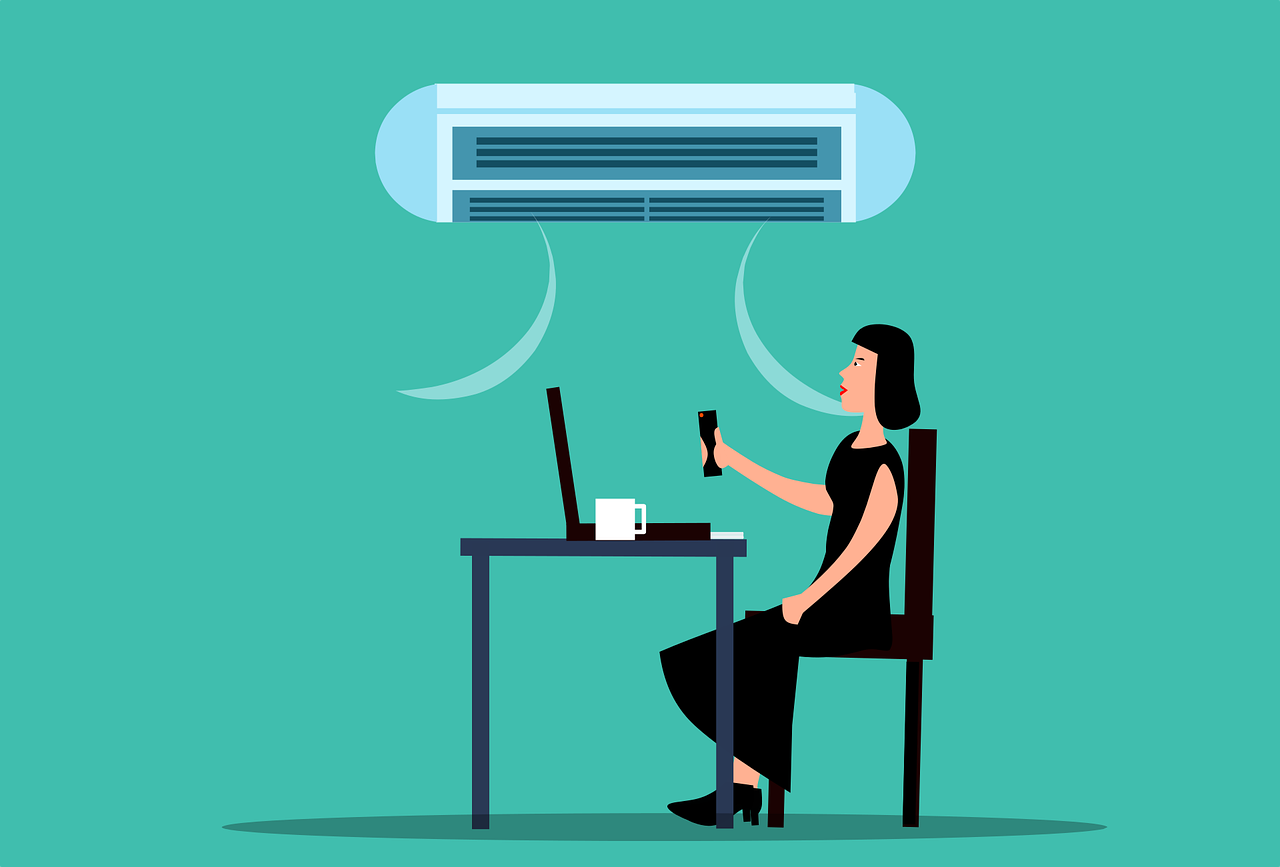
The Clean Air in Buildings Challenge is a call to action and a concise set of guiding principles and actions to assist building owners and operators with reducing risks from airborne viruses and other contaminants indoors. In addition to prevention strategies like vaccination, wearing masks, and physical distancing to reduce the spread of infectious diseases like COVID-19, the Clean Air in Buildings Challenge highlights a range of recommendations to assist with improving ventilation, filtration, and other proven air cleaning strategies. The Actions outlined in the Clean Air in Buildings Challenge can be seen below.
- CREATE AN ACTION PLAN FOR CLEAN INDOOR AIR IN YOUR BUILDING(S) that assesses IAQ, plans for upgrades and improvements, and includes HVAC inspections and maintenance.
- OPTIMIZE FRESH AIR VENTILATION by bringing in and circulating clean outdoor air indoors.
- ENHANCE AIR FILTRATION AND CLEANING using the central HVAC system and in-room air cleaning devices.
- GET YOUR COMMUNITY ENGAGED IN YOUR ACTION PLAN by communicating with building occupants to increase awareness, commitment, and participation in improving indoor air quality and health outcomes.
The list of actions can be tailored to reduce – not eliminate – the risk of exposure to indoor air contaminants. The Clean Air in Buildings Challenge presents options and best practices for building owners and operators to choose from, and the best combination of actions for a building will vary by space and location. Under each recommendation area, EPA’s best practices guide lays out clear-cut actions building owners and operators can implement.
Some factors the EPA recommends consideration for include who and how many people are in the building; the activities that occur in the building; outdoor air quality; climate; weather conditions; the installed heating, ventilation, and air conditioning (HVAC) equipment; and other factors.
The official “Clean Air in Building Challenge” Document can be found here.
The document also highlights an array of resources to help building owners and operators meet the Challenge. The document will be updated when necessary by the EPA to reflect the current best practices as the science and consensus advice evolves. According to the EPA, the document will be made available in Spanish, Chinese Simplified, Chinese Traditional, Vietnamese, Korean, Tagalog, Arabic, and Russian.
Walden has been providing services to quickly identify and resolve indoor air quality issues for years. Call us at 516-758-1273 and our team of experts are willing to answer any indoor air quality questions you may have.
